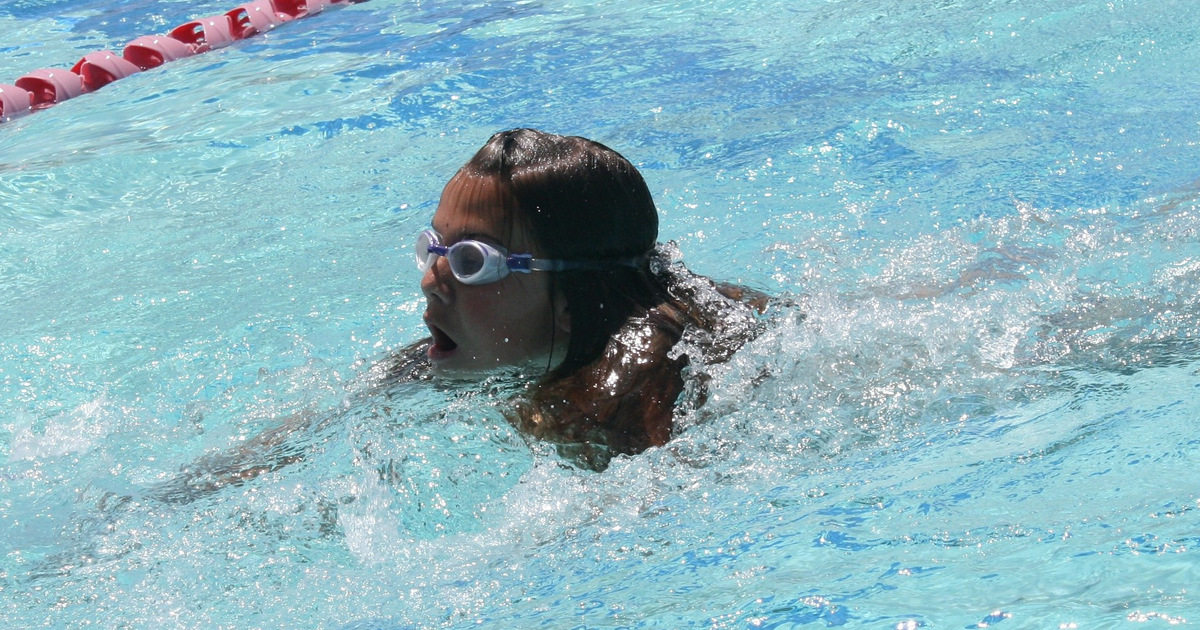Every day when we were young, my brother and I took swimming lessons in the morning, stayed for open swim, and then—if we were lucky—got to come back in the evening for family swim.
As kids, swimming lessons and other time at the pool, like many out-of-school time programs, developed our physical acumen, played a role in increasing our sense of independence and confidence, and gave us opportunities to experiment with these newly developed skills—all of which are important success skills.
Sometimes, the lessons learned were hard. For example, when my brother and I were probably 10 and 9, respectively, we decided we were such good swimmers and loved swimming so much that we were going to swim across the lake to the swimming pool. Luckily, before something bad happened, a concerned neighbor spotted us, and the local police department took the time to deliver us back home. Another important success skill: Apply self-awareness, know your limits ... and don't do anything that lands you in a police car.
As a young adult, I was privileged to work at the community pool as a lifeguard and water safety instructor. Teaching swimming lessons was a great on-the-job training, learning skills for success in working with kids—and later professionals—in out-of-school time.
- Safety first. Physical and emotional safety is of utmost importance, especially when teaching near large bodies of water. Yet if you think about it, large bodies of water could be a metaphor for anything that might cause a safety concern.
- Relationships. Safety is created through building trust, which starts with learning (and remembering) people's names; listening to their hopes, fears and goals; and working alongside them to provide support. Nobody wants a water aerobics instructor who teaches from the pool deck—or a leader who teaches while sitting at a desk!
- Set goals. Make plans. But be flexible. They say, "The one thing you can count on is change!" That's true in both teaching and leadership. It's important to be planful and intentional, but understand that unexpected things will always come up—things outside of your control. Having the flexibility to learn on the fly, modify your approach and regroup (along with creating safety and building relationships) are all keys to success.
How can these "swimming lessons" help you improve your practice?

Written by Heidi Ham, NAA's Vice President of Programs and Strategy. Connect with Heidi via e-mail at heidi@naaweb.org or via twitter @ham_heidi.

